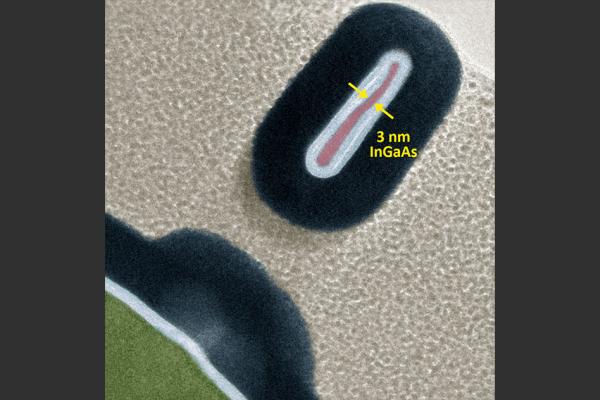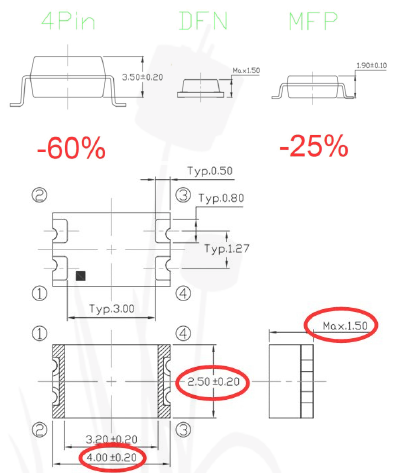

Unlike silicon graphene transistors perform better the smaller they become. Graphene is a hot topic among semiconductor researchers at the moment because it is an excellent conductor of electricity. "We believe we can increase this mobility of electron flow 10-fold." "It is already superior to silicon by an order of magnitude and comparable to the best samples of other materials. "These transistors will work and work at ambient, room temperature conditions - just what is required for modern electronics," he said.ĭr Novoselov said graphene was a "wonderful conductor", making it a perfect material for chip applications. The Manchester-based scientists have shown that graphene can be carved into tiny electronic circuits with individual transistors not much larger than a molecule.ĭr Novoselov told BBC News that graphene had many advantages over silicon because it could conduct electricity faster and further. The researchers are also looking at its use in display technology - because it is transparent. It is a flat molecule, with only the thickness of an atom, and both very stable and robust. Graphene has been hailed as a super material because it has many potential applications. The transistor is the key building block of microchips and the basis for almost all electronics.ĭr Kostya Novoselov and Professor Andre Geim from The School of Physics and Astronomy at The University of Manchester have been leading research into the potential application of graphene in electronics and were the first to separate a sheet of the material from graphite

Graphene is a single layer of graphite, which is found in the humble pencil. The transistor, essentially an on/off switch, has been made using graphene, a two-dimensional material first discovered only four years ago. Researchers have built the world's smallest transistor - one atom thick and 10 atoms wide - out of a material that could one day replace silicon. (Jan.Dr Leonid Ponomarenko shows off a device with the transistor embedded "Single-Molecule Transistor Created." Dec. "How Semiconductors And Transistors Work." (Jan. TI Supplying Transistors for First 'Pocket-Size' Radio." (Jan.
SMALLEST TRANSISTOR MADE PORTABLE
"The Transistor and Portable Electronics." Sept. "Invention of the Point-Contact Transistor." (Jan. "Field Effect Semiconductor Device Concepts Patented." (Jan. "Transistor Flow Control." Scientific American. "First Molecular Transistor Created." Discovery News. "NVIDIA's GF100 Graphics Architecture.". "This Month in Physics History: Invention of the First Transistor." Physics. Not a bad run for a simple device invented more than 60 years ago. That's the power of transistors in altering the landscape of technology, and ultimately, of our society as a whole. Cell phones and music players will shrink to super-tiny dimensions, and still cost less than previous models. Computers will become faster, cheaper and more reliable. No matter where development goes, it's certain that transistors will continue to drive product research and technological advances we can't yet even begin to imagine. Graphene transfers electrons much faster than silicon, and could lead to computer processors that are 1,000 times faster than silicon-based products. Transistor materials are changing, too, thanks to recent advances in a material called graphene. Contemporary chips create a lot of wasted heat because their transistors don't pass along energy as efficiently as product makers would like molecular transistors may hold the key to improving efficiency in big ways. Although the tiny size is amazing, engineers stress that they're not concerned so much with bulk as they are efficiency. Scientists from Yale and South Korea recently created the world's first molecular transistor, which is made from a single benzene molecule. And these transistors are behemoths compared to what's coming in the future. They're so small that NVDIA's new graphics card (codenamed GF100) has more than 3 billion transistors, the most ever jammed into one chip. Modern silicon commercial transistors may be smaller than 45 nanometers in size. Since the 1960s, the number of transistors per unit area has been doubling every 1.5 years, meaning engineers can cram more of them into smaller and smaller products. These circuits, usually called just "chips," contain billions of infinitesimal transistors. The result is what's called an integrated circuit.


 0 kommentar(er)
0 kommentar(er)
